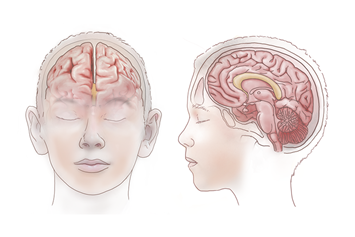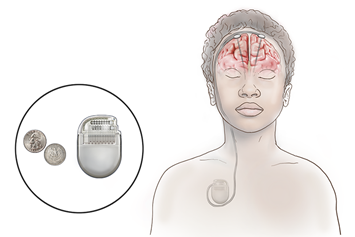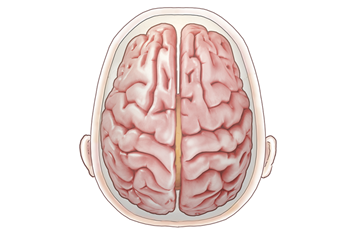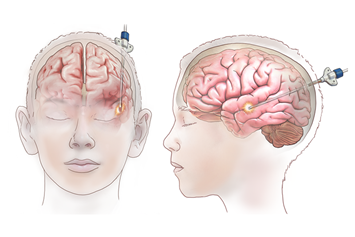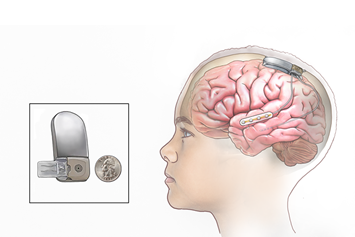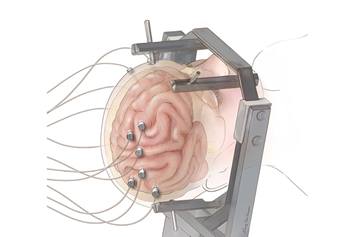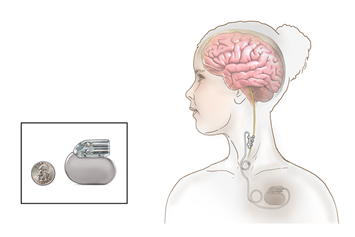Services We Offer
At Nationwide Children’s Hospital, we offer a range of advanced surgical treatments to help children with epilepsy gain better seizure control and improve their quality of life. From minimally invasive options like laser ablation and responsive neurostimulation (RNS) to more extensive procedures such as hemispherotomy and corpus callosotomy, each treatment is carefully tailored to meet the unique needs of every patient. Explore the procedures below to learn how our expert epilepsy team evaluates, recommends and performs these surgeries to support your child’s long-term health and development.

